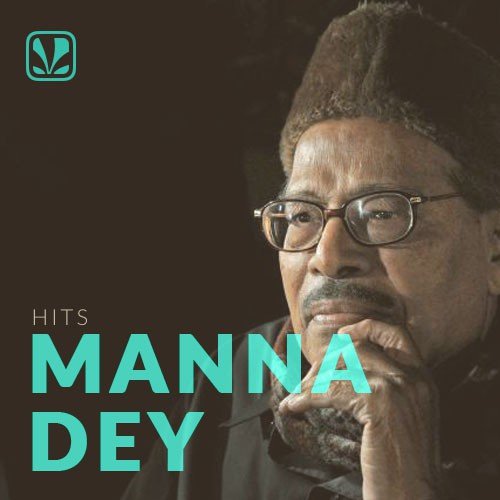
Laaga chunri mein daag chhupaun kaise ( Dil Hi To Hai, 1963) Roshan / Sahir Ludhianvi

He brought the elite “classical” music into the popular domain, making these songs hummable by anyone who loved to croon. Manna Dey’s songs became superhits not only because of the remarkable music but also because of the ease with which he sang those difficult classical compositions. Remember the intricate tarana that comes with “ Laaga chunri mein daag chhupaaun kaise” ( Dil Hi To Hai) based on Raag Bhairavi, or the hidden pathos in “ Poochho na kaise maine raain bitai” ( Meri Surat Teri Aankhen) based on Raag Ahir Bhairav, the romance in Jhanak jhanak tori baaje payelia ( Mere Huzoor) based on Raag Darbari Kanada, or the proverbial Kaun aaya mere man ke dwaare, payal ki jhankar liye ( Dekh Kabira Roya), based on Raag Raageshri? When it came to classical rendition of purely “raag-based” classical/semi-classical songs, music composers would straightaway look for Manna Dey.ĮMadan Mohan and Manna Dey had assisted S.D.Burman at the beginning of yuro Zindagi kaisi hai paheli haaye ( Anand, 1971) Salil Chowdhury / Yogeshīorn Prabodh Chandra Dey in Kolkata 1919 and known by his nickname Manna, this versatile singer became synonymous with classical songs and humorous songs in Hindi and Bengali film music and also “adhunik” Bengali songs. Such was his impact that music directors created songs keeping him in mind, with the trust that only he could deliver those intricate murkis with ease. When we think of the male golden voices of the 50s, 60s and 70s, Manna Dey along with his contemporaries Mohd Rafi, Kishore Kumar, Mukesh, Hemant Kumar and Talat Mahmood is one of the sextet who took Hindi film music to the heights of excellence.

Words that have become proverbial, a song that continues to charm music lovers across generations and the singer who has set benchmarks in playback music that are hard to surpass. Manna Dey (1 May, 1919 – 24 October 2013) (Pic: Wikimedia)


 0 kommentar(er)
0 kommentar(er)
